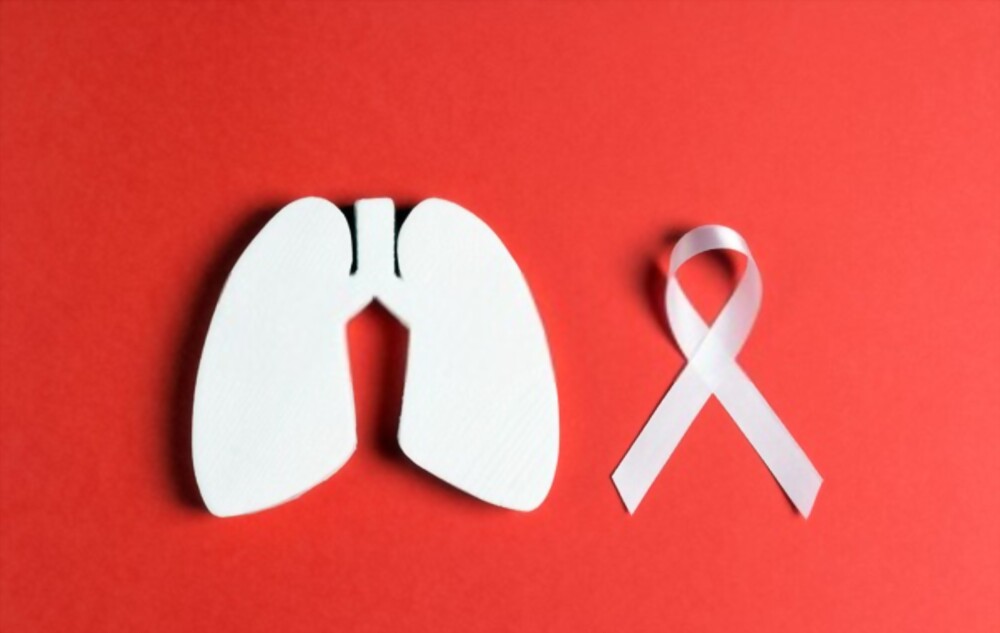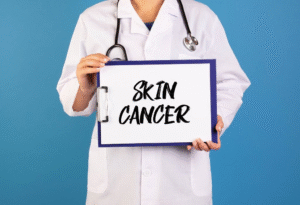Introduction-
The tumors originating in the lung or within bronchi, refer to as lung cancers. It is mainly linked with inhaled carcinogens, with cigarette smoking being a key culprit. This is the most common cancer worldwide. It is also one of the leading causes of cancer-related deaths globally. The increase in smoking among both males and females has led to a rise in cases of lung cancer.
Causes and risk factors of lung cancer-
Smoking is the most common cause of lung cancer, about 90% of the cases of cancer are attributable to smoking. It is more prevalent in males. Exposure to carcinogens such as asbestos also increases the risk of developing cancer.
Risk Factors
- Smoking
- Exposure to asbestos
- Occupational exposure to any of the following- uranium, radon, arsenic, chromium, etc
- Lung fibrosis
- Presence of co- existing lung pathology
- Chronic obstructive pulmonary disease
Symptoms-
- Cough
- Shortness of breath and wheezing
- Central tumours may result in haemoptysis (coughing out blood)
- Peripheral lesions may result in chest pain.
- Presence of additional co morbidities such as pneumonia and pleural effusion.
Preventing cancer development –
Smoking cessation: The best way to prevent lung cancer is to quit smoking. As smoking remains the key cause of lung cancer, the risk of getting diagnosed with cancer decreases with quitting smoking. After 10 years of not smoking, the chance of developing cancer decreases to half of that of someone who smokes.
Diet: consumption of low-fat, high-fibre diet is essential. This should be including at least five portions of fresh fruit and vegetables and whole grains every day. Dietary interventions can help reduce the risk of developing lung cancer, as well as other types of cancer and heart disease.
Physical Activity/Exercise: Studies show that higher levels of physical activity may lower cancer risk. It is important to perform at least 150 minutes of moderate intensity aerobic activity each week and incorporate muscle strengthening activities two days per week.
Complications associated-
Complications will be seen with treatment, which include the following-
- Chemotherapy-induced nausea and vomiting
- Fatigue
- Anorexia
- Weight loss
- Anemia
- Neutropenia
Treatment options-
The most common treatment options include surgery, chemotherapy, radiotherapy and immunotherapy. Depending on the type of cancer and the stage, a combination of treatments are provided.
Also read- https://vcurehealthcare.com/understanding-prevention-of-burn-hazards/





